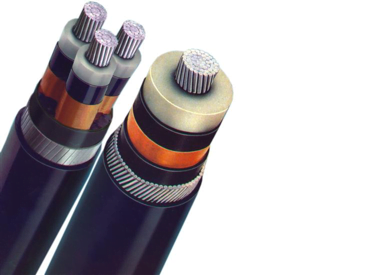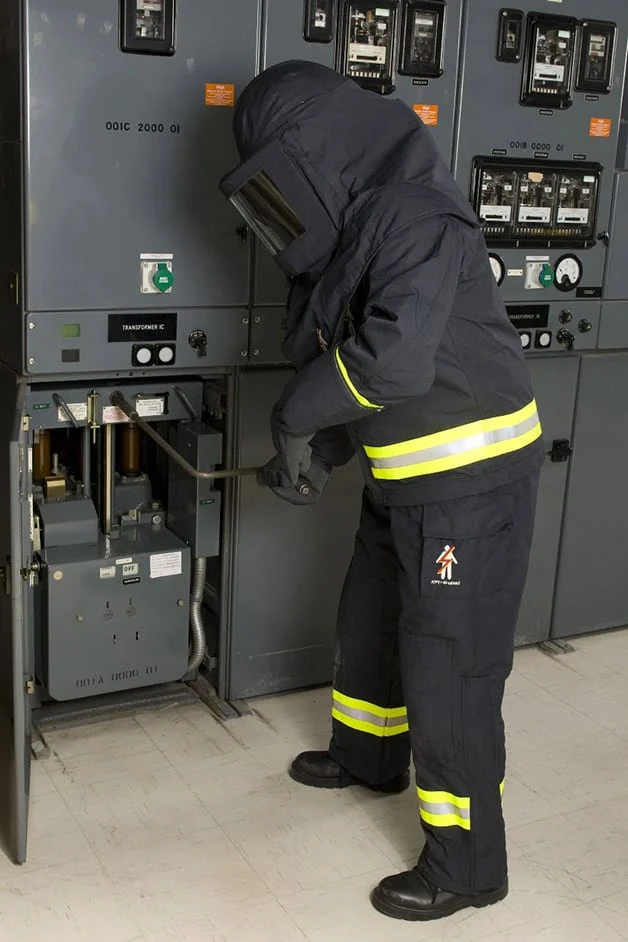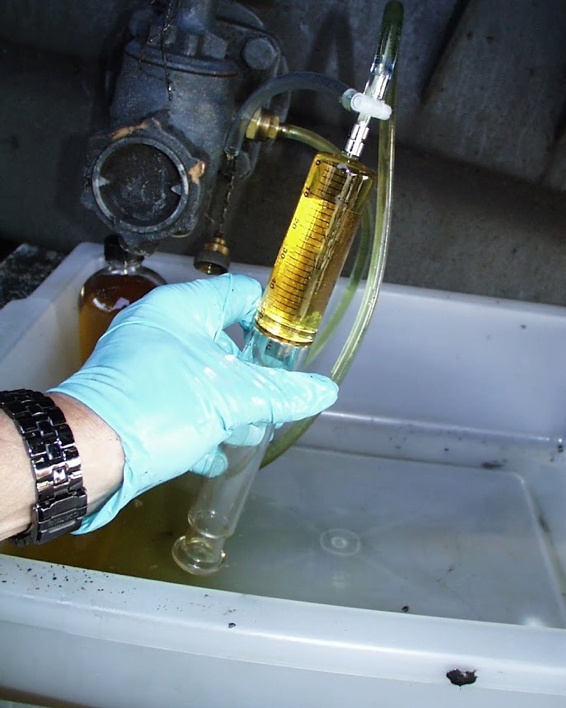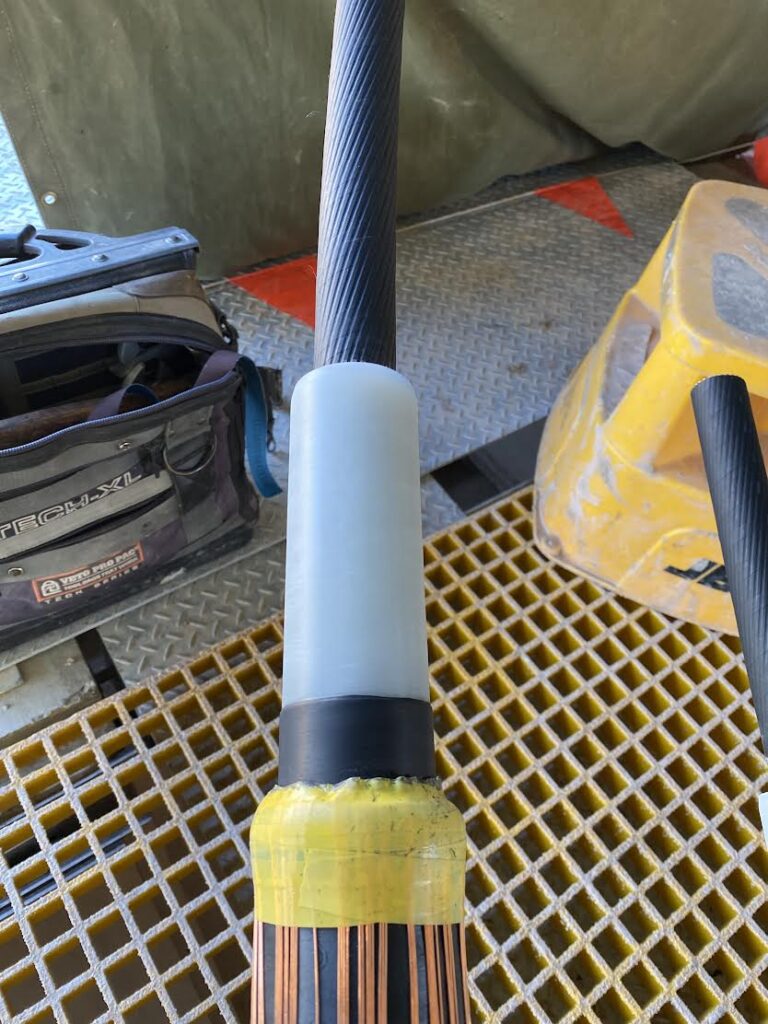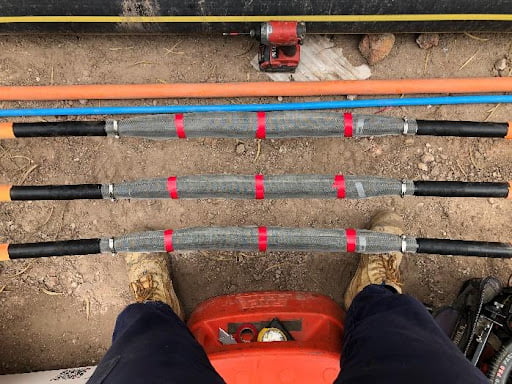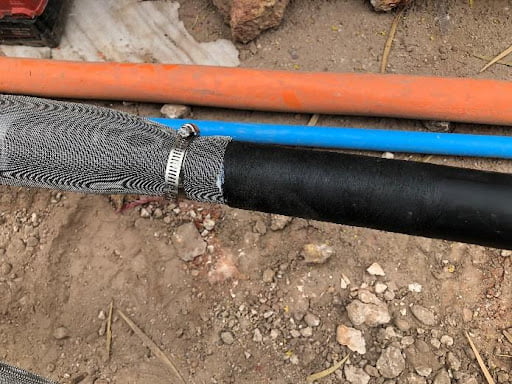What does a High Voltage Electrician do?
I. Introduction
Electricity is an essential part of our modern lives, powering everything from our homes to our workplaces. However, dealing with high voltage electrical systems can be extremely dangerous, which is why it's essential to have qualified professionals who know how to work with these systems safely and effectively. High voltage electricians play a critical role in ensuring the safety and reliability of electrical systems, making it important to know what they do and how they can help keep us safe.
II. Who is a High Voltage Electrician?
A high voltage electrician is a trained professional who specializes in working with electrical systems that operate at high voltages. These systems typically include power grids, electrical substations, and industrial machinery that require large amounts of electricity to operate. High voltage electricians are responsible for installing, maintaining, testing, and repairing these systems, ensuring that they operate safely and efficiently.
In addition to their technical skills, high voltage electricians must also be highly safety-conscious, as working with high voltage systems can be extremely dangerous if proper safety procedures are not followed. They must be knowledgeable about electrical safety regulations and best practices and must take appropriate precautions to prevent injury to themselves and others.
High voltage electricians may work for utility companies, electrical contractors, manufacturing facilities, or other organizations that require specialized electrical expertise. They may work independently or as part of a team and may be called upon to work in a variety of environments, including outdoor substations, indoor electrical rooms, and other hazardous areas.
Overall, high voltage electricians play a crucial role in ensuring the safety and reliability of electrical systems, making it important to have skilled professionals who are trained and qualified to work with high voltage systems.
III. Job Description and Responsibilities
A. Maintaining High Voltage Electrical Systems
Maintaining high voltage electrical systems is one of the most important responsibilities of a high voltage electrician. This involves regularly inspecting electrical systems to identify any potential problems or areas in need of repair or replacement. Some of the specific tasks involved in maintaining high voltage electrical systems may include:
- Inspecting equipment: High voltage electricians must regularly inspect electrical equipment, such as transformers, circuit breakers, and protective relays, to ensure that they are functioning properly.
- Testing electrical systems: High voltage electricians use a variety of testing equipment, such as voltmeters and ammeters, to measure the performance of electrical systems and identify any areas that may be in need of repair or replacement.
- Cleaning equipment: Regular cleaning of electrical equipment can help prevent corrosion and other types of damage that can affect the performance of the system.
- Replacing worn or damaged parts: High voltage electricians must be able to identify when parts of an electrical system have become worn or damaged and need to be replaced. This may involve replacing fuses, circuit breakers, or other components.
- Lubricating moving parts: Moving parts of electrical equipment, such as motors and generators, must be properly lubricated to ensure that they operate smoothly and efficiently.
By regularly maintaining high voltage electrical systems, high voltage electricians can help ensure that these systems operate safely and efficiently, minimizing the risk of equipment failure and other potential hazards.
B. Testing Electrical Systems
Another important responsibility of a high voltage electrician is installing and repairing high voltage electrical systems. This may involve working with a variety of different equipment and tools, including cable cutters, conduit benders, and wire strippers. Some of the specific tasks involved in installing and repairing high voltage electrical systems may include:
- Reading and interpreting technical diagrams and blueprints: High voltage electricians must be able to read and interpret technical diagrams and blueprints to understand how electrical systems are designed and how they should be installed or repaired.
- Installing new electrical systems: High voltage electricians may be responsible for installing new electrical systems, including transformers, circuit breakers, and other equipment. This may involve running conduit, pulling wire, and making connections to existing systems.
- Troubleshooting and repairing electrical systems: High voltage electricians must be able to identify and troubleshoot problems with electrical systems and make necessary repairs. This may involve replacing damaged wires, repairing broken connections, or replacing faulty equipment.
- Performing system upgrades and modifications: High voltage electricians may be responsible for upgrading or modifying existing electrical systems to meet changing needs or regulations. This may involve installing new equipment, adding capacity to existing systems, or making other modifications to improve system performance.
By installing and repairing high voltage electrical systems, high voltage electricians help ensure that these systems are operating at peak performance and can meet the needs of the organizations that rely on them. This requires a combination of technical expertise, problem-solving skills, and a commitment to safety and quality.
C. Troubleshooting and Repairing Electrical Systems
Ensuring compliance with safety regulations is a critical responsibility of high voltage electricians. Working with high voltage electrical systems can be dangerous, and it is important to follow strict safety guidelines to minimize the risk of injury or damage. Some of the specific tasks involved in ensuring compliance with safety regulations may include:
- Staying up-to-date on safety regulations: High voltage electricians must stay up-to-date on the latest safety regulations and best practices related to working with high voltage electrical systems.
- Identifying potential hazards: High voltage electricians must be able to identify potential hazards associated with working on electrical systems and take appropriate measures to minimize the risk of injury or damage.
- Following proper safety procedures: High voltage electricians must follow strict safety procedures when working on electrical systems. This may include wearing appropriate personal protective equipment, such as gloves and safety glasses, and following proper lockout/tagout procedures.
- Conducting safety training: High voltage electricians may be responsible for conducting safety training for other workers who are required to work on or around electrical systems.
By ensuring compliance with safety regulations, high voltage electricians help protect themselves and others from the risks associated with working with high voltage electrical systems. This requires a deep understanding of safety regulations and best practices, as well as a commitment to following these guidelines in all aspects of their work.
D. Designing and Installing High Voltage Electrical Systems
Documenting work and communicating with others are important responsibilities of high voltage electricians. This helps ensure that work is completed according to specifications, that potential problems are identified and addressed promptly, and that others are kept informed about the status of electrical systems. Some of the specific tasks involved in documenting work and communicating with others may include:
- Keeping detailed records: High voltage electricians must keep detailed records of all work performed on electrical systems. This may include maintenance logs, repair records, and other documentation.
- Communicating with other team members: High voltage electricians must communicate effectively with other team members, such as supervisors, engineers, and other electricians, to ensure that work is coordinated and completed on schedule.
- Reporting potential problems: High voltage electricians must report any potential problems or issues with electrical systems to their supervisors or other appropriate personnel.
- Providing updates on work progress: High voltage electricians must provide regular updates on the progress of their work to supervisors and other team members.
By documenting work and communicating with others, high voltage electricians help ensure that electrical systems are operating effectively and efficiently. This requires strong communication skills, attention to detail, and a commitment to following established procedures and guidelines.
E. Ensuring Compliance with Safety Regulations
Performing preventive maintenance is an important responsibility of high voltage electricians. Preventive maintenance involves regularly inspecting electrical systems, identifying potential problems, and taking corrective action before those problems lead to downtime or other issues. Some of the specific tasks involved in performing preventive maintenance may include:
- Inspecting electrical systems: High voltage electricians must regularly inspect electrical systems to identify potential problems or areas of concern.
- Cleaning and servicing equipment: High voltage electricians must clean and service electrical equipment to ensure that it is operating at peak efficiency and to minimize the risk of breakdowns or other issues.
- Replacing worn or damaged components: High voltage electricians must replace worn or damaged components, such as fuses, circuit breakers, and other equipment, to prevent potential problems from developing.
- Testing and calibrating systems: High voltage electricians must test and calibrate electrical systems to ensure that they are operating within established parameters and to identify any potential issues before they lead to downtime or other problems.
By performing preventive maintenance, high voltage electricians help ensure that electrical systems are operating reliably and efficiently, which helps minimize the risk of downtime or other issues that can impact productivity or safety. This requires a combination of technical expertise, attention to detail, and a commitment to following established maintenance procedures and guidelines.
IV. Education and Training Requirements
To become a high voltage electrician, individuals typically need to complete a combination of education and training. Some of the specific requirements for education and training may include:
- High school diploma or equivalent: Most high voltage electrician positions require a high school diploma or equivalent.
- Vocational or technical training: Many high voltage electricians receive vocational or technical training through TAFE (Technical and Further Education) or other accredited training providers.
- Licensing and certification: High voltage electricians are required to obtain specific licenses or certifications to work on electrical systems. These licenses are issued by state and territory regulatory bodies such as Energy Safe Victoria or WorkSafe Queensland.
- Ongoing training and professional development: High voltage electricians must stay up-to-date on the latest industry trends and technologies by participating in ongoing training and professional development programs. This may include attending conferences, workshops, and seminars or completing additional certification courses.
By obtaining the necessary education and training and staying up-to-date on the latest industry trends and technologies, high voltage electricians are better equipped to perform their job duties safely and effectively. This requires a commitment to ongoing learning and professional development, as well as a willingness to follow established guidelines and procedures to ensure the safe and effective operation of electrical systems in accordance with Australian regulations.
V. Skills and Qualities Required
To be successful as a high voltage electrician, individuals need to possess a range of skills and qualities, including:
- Technical knowledge: High voltage electricians must have a strong understanding of electrical systems and be familiar with a range of tools, equipment, and technologies used in the field.
- Problem-solving skills: High voltage electricians must be able to identify and troubleshoot problems with electrical systems, using their technical knowledge and experience to find effective solutions.
- Attention to detail: High voltage electricians must be detail-oriented, able to closely inspect electrical systems and identify even minor issues that could potentially lead to larger problems.
- Communication skills: High voltage electricians must be able to communicate effectively with other members of their team, as well as with clients and other stakeholders.
- Physical fitness: High voltage electricians must be physically fit and able to perform the physical demands of the job, such as climbing ladders, carrying heavy equipment, and working in confined spaces.
- Time management skills: High voltage electricians must be able to manage their time effectively, prioritizing tasks and completing projects within established deadlines.
- Adaptability: High voltage electricians must be able to adapt to changing circumstances, such as unexpected issues or changes to project scope.
By possessing these and other skills and qualities, high voltage electricians are better equipped to perform their job duties safely and effectively, ensuring the safe and reliable operation of electrical systems.
VI. Safety Considerations
Working with high voltage electrical systems can be dangerous, and high voltage electricians must take a number of safety precautions to protect themselves and others. Some of the specific safety considerations that high voltage electricians must keep in mind include:
- Wearing appropriate personal protective equipment (PPE): High voltage electricians must wear appropriate PPE, such as gloves, safety glasses, and insulated clothing, to protect themselves from electric shock and other hazards.
- Following established safety procedures: High voltage electricians must follow established safety procedures and guidelines when working with electrical systems to minimize the risk of injury or death.
- Using appropriate tools and equipment: High voltage electricians must use appropriate tools and equipment when working with electrical systems to minimize the risk of accidents or injury.
